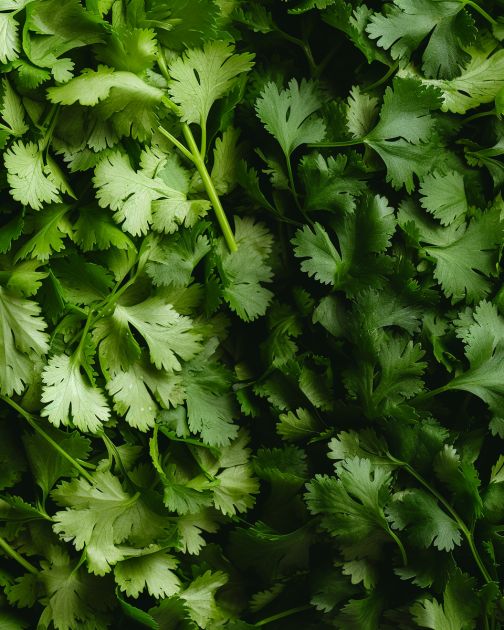Many of us have been there, standing in the produce section of the grocery store, staring down at bunches of leafy greens and wondering if we're about to mistakenly garnish our dish with the wrong herb. If you've ever been puzzled by the distinction between cilantro and parsley, you're not alone.
At first glance, they do look very similar with their vibrant green color and leafy structure. But your sister is right; they're not the same. In fact, they have several distinct differences that set them apart in both flavor profile and culinary uses. Let's take a closer look and finally put this mystery to rest.
Advertisement
Understanding the Basics: Cilantro vs. Parsley
1. Botanical Background
Cilantro and parsley come from different plants and are used in various cuisines around the world. The scientific name for cilantro is Coriandrum sativum, and it's also known as coriander in many parts of the world. On the other hand, parsley's botanical name is Petroselinum crispum. While cilantro is the leafy part of the coriander plant from which the coriander seed is also harvested, parsley does not share this dual purpose.
2. Visual Differences
To the untrained eye, cilantro and parsley might seem nearly identical, but there are subtle differences to look for. Cilantro leaves tend to be more rounded and lacy, and they have a vibrant green color that is slightly lighter than that of parsley. In contrast, the leaves of parsley, particularly the flat-leaf variety, are pointier and more ruffled. Additionally, when comparing the two, notice their stems: parsley stems are generally thicker than those of cililantr
3. A Tale of Two Flavors
Perhaps the most notable difference comes down to taste. Cilantro has a very distinct, robust flavor that can be described as refreshing and citrusy with a peppery finish. Some people even find it to have a soapy taste due to a particular genetic trait. Conversely, parsley has a milder flavor—it's fresh, slightly peppery, but it doesn't overpower the senses in the same way cilantro can.
4. Culinary Uses
Both herbs are versatile, but they're commonly found in different types of cuisine. Cilantro is often associated with Mexican, Thai, Indian, and Chinese dishes. It's a staple in salsas, chutneys, and as a fresh garnish on top of spicy meals. Parsley, whether it's the curly or flat-leaf variety, is widely used in European, Middle Eastern, and American cooking. It's great for adding a fresh touch to soups, stews, salads, and as a garnish on various dishes.
5. Health Benefits
Both cilantro and parsley offer various health benefits. Cilantro is known for its antioxidant properties and is said to have anti-inflammatory and antibacterial effects. It's also been studied for its potential in helping to rid the body of heavy metals. Parsley is also rich in antioxidants, vitamins, and minerals, and it has been used for its diuretic properties and its ability to support bone health. Despite these benefits, they shouldn't be used interchangeably for medicinal purposes.
Advertisement
Conclusion
While cilantro and parsley may look similar at a glance, they're quite distinct in every other aspect. From their appearance to their taste, culinary uses, and health benefits, these two popular herbs are unique in their own right. The next time you find yourself at the supermarket or reaching for herbs in your kitchen, remember these key differences. Appreciating their individuality can enhance your cooking and perhaps impress your sister with your newfound herb wisdom.

